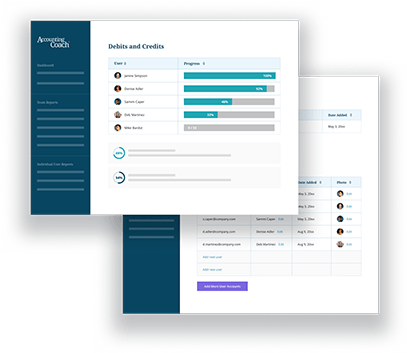Definition of Materials Usage Variance
The materials usage variance (in a standard costing system) results from using more or less than the standard quantity of direct materials that should have been used for the actual goods produced.
If the actual quantity of the materials used was more than the standard quantity allowed for the good output, the materials usage variance is unfavorable and the general ledger account Materials Usage Variance will have a debit balance.
If the actual quantity of the materials used was less than the standard quantity allowed for the good output, the variance is favorable and the Materials Usage Variance account will have a credit balance.
While using standard costs is helpful for planning and controlling a company’s operations, the company’s actual costs must be used to prepare its external financial statements.
Example of Materials Usage Variance
Even though a company uses a standard cost system in its accounting, the company’s external financial statements must comply with the historical cost principle. In other words, the external financial statement cannot simply report what the costs should have been (the standard cost). This means that the debit or credit balance in the Materials Usage Variance account must be included in the external financial statements.
If the standard quantity of the materials that should have been used was realistic (attainable) but the actual quantity exceeded the standard quantity due to inefficiencies, the materials usage variance will have to be reported on the income statement as an addition to the standard amount of the Cost of Goods Sold or as a separate line item (in the period when the inefficiencies occurred). Since companies have multiple inventory turnovers each year, small balances in the variance accounts (for whatever reason) are generally combined with the standard amount of the cost of goods sold.
Significant variances which are not caused by inefficiencies may have to be divided between the work-in-process inventory, the finished goods inventory, and the cost of goods sold.




